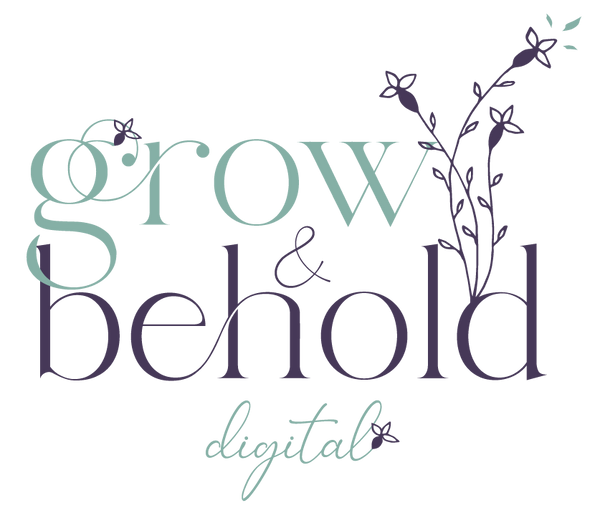
SEO for Beginners: part 2
Welcome to part 2 of SEO for Beginners, designed to help you optimize your small business website
SEO for Beginners is a guide for small business owners that wants to achieve a better understanding of SEO so that they can utilize these strategies to optimize their websites for better ranking on the search engine results pages.
Options for how to use the SEO for Beginners Guide:
1. Book mark this page and come back to it as your SEO guide
2. Download the free PDF version for easier access offline or anytime
PS - there is a glossary of SEO terms [here] if you need to reference, I recommend that you browse through them to familiarize yourself with the world of SEO.
Keyword Research
It's important to know not only how to optimize your website, but what words to optimize it for. It won't do you any good to optimize you website for a phrase that no one is searching for! Before your start taking action to optimize your website, make sure that you have taken the time to properly research your keywords.
Types of SEO
There are four main types of SEO that you can apply to your website so that your site is optimized for search engines to direct more traffic to your website.
Optimizing your website is a balance of creating a website that is an enjoyable and positive experience for your customer, but also set up in a way that search engines 'have a good time' too. Search engines, such as Google, Bing, or Yahoo, take a look at your site when someone makes a search, and if your website content doesn't reflects what your audience is searching you will not be suggested at the top of the search pages.
- On page SEO
- Off page SEO
- Technical SEO
- Local SEO
Technical SEO
Technical SEO are things you can to do to improve the experience of the user and provide search engines with the information/requirements needed to rank higher. While your customers and the search engines have different requirements they both share the overall needs for performance and experience.

Site Load Time
If your website takes too long to load then you're going to loose both people and ranking. The average online shopper/viewer will only wait about. seconds before giving up on a website. Sites can take too long to load when they have too many large images, files or features that require loading upon landing on the website.
Mobile-Friendly
Creating a great experience for your mobile users is just as important as creating a great experience for your users viewing your website from a computer. In fact, there are more mobile users than ever!
Ensure your mobile website is clear and concise, and quickly provides the important information like your contact or booking information. Test out your mobile site yourself and check for readability (size and color contrast) and information and design elements, like buttons, are large enough to select without pinching or zooming in.
Duplicate Content
Search engines don't like to see repeat content, so make sure your content is intentional, diverse and relevant. If you blogs or pages have repeating content go an edit each page to be unique in text and content.

Keyword Cannibalism
When you overload every page wit the same set of keywords search engines become confused. The search engine wants to suggest the very best page, but when they all look the same it just avoids the site entirely. If you have articles that are very similar, consider combining them into one page for one larger blog.
Fix Broken Links
Broken links a re not only bad for your users but can be harmful to your websites relationship with Google or other search engines. Broken links reduce time spent on your site as most users just leave when they hit a broken link, but it also can hurt your ranking as you loose trust from search engines.

Local SEO
Local SEO is about ranking in a certain town, city, or state. It's particularly important for businesses that have a physical location that they are trying to get customers to come into.
Create a Google business profile
Set up a Google Business profile and add your address, hours, contact information and even photos, products and services. Once your business profile is complete you can claim your business on Google and control how your business looks on Google Maps and in Google searches.



